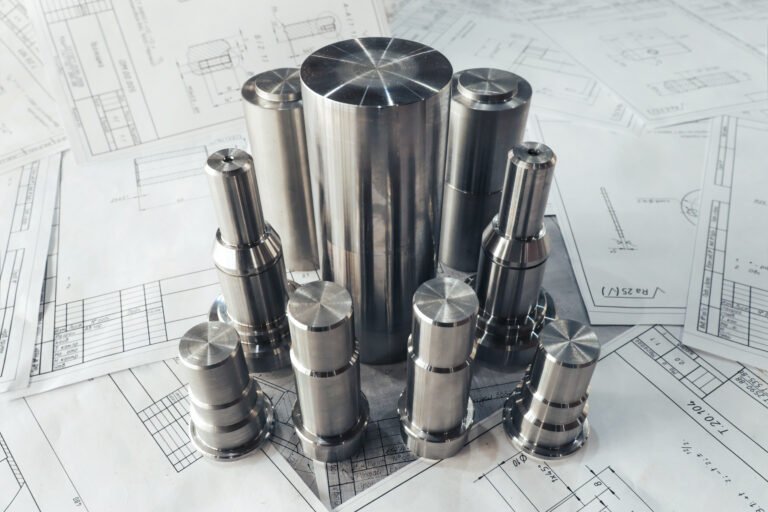Marine environments are brutal on fasteners—constant salt spray, moisture, and pressure destroy unprotected materials fast.
To resist marine corrosion, fasteners must be made from marine-grade stainless steel, silicon bronze, or use high-performance coatings like zinc-nickel or ceramic.

When I supply fasteners for marine or offshore clients, corrosion resistance is always their first concern. One wrong material choice means seized threads, failed joints, and expensive maintenance. Over time, I’ve learned the standards, grades, and coatings that survive in saltwater, and I always ask: "What kind of water? Fresh, brackish, or seawater?" The answer changes everything.
What type of fastener material is best for marine applications?
Not all "stainless" is good enough for the ocean. Some grades rust in weeks—others last for decades.
316 stainless steel is the most commonly recommended material for marine fasteners because of its molybdenum content, which protects against chloride corrosion.
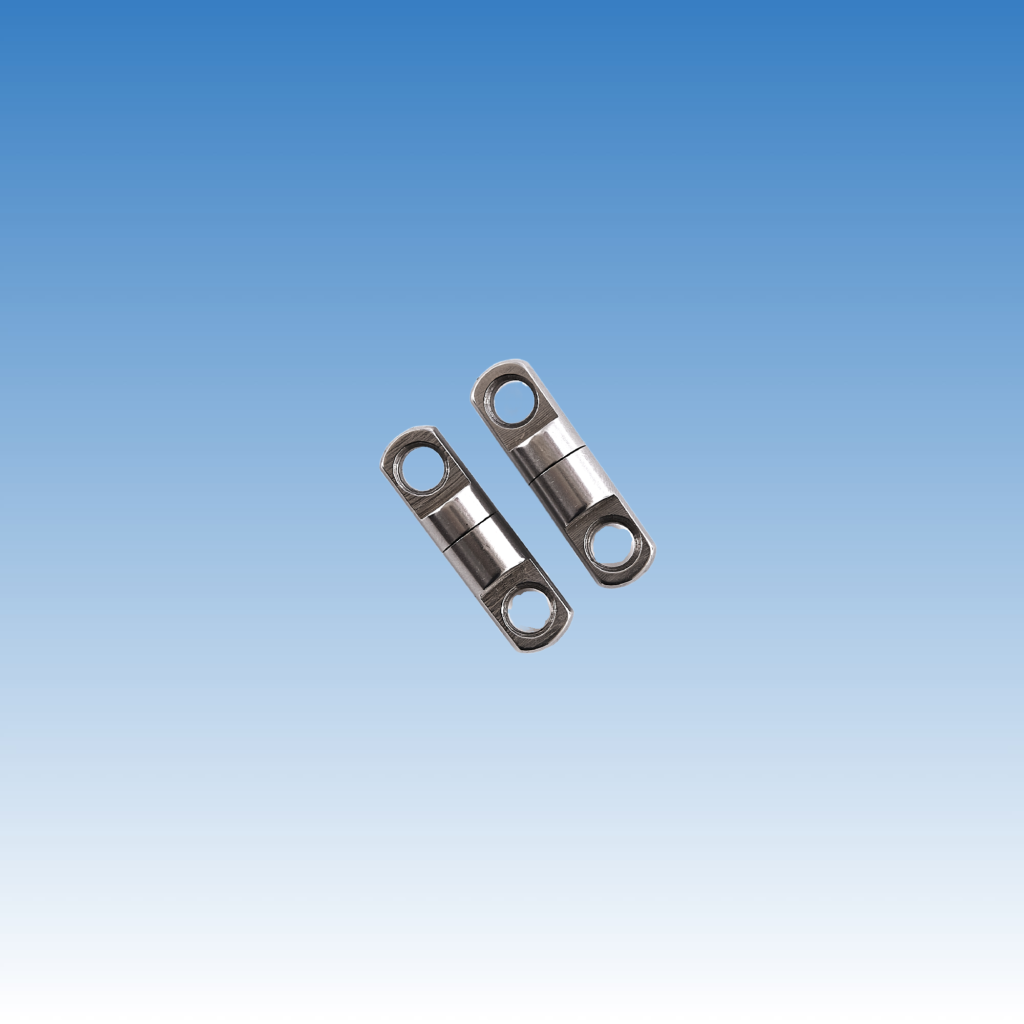
Many clients think stainless steel means corrosion-proof. I always explain: 304 stainless is good for kitchens, not coastlines. For true marine performance, I only recommend 316 or higher. In some critical areas like propeller shafts or underwater frames, silicon bronze or titanium is used instead.
Common Marine-Grade Fastener Materials
| Material | Corrosion Resistance | Strength | Use Case Example |
|---|---|---|---|
| 316 Stainless Steel | Excellent | Medium | Boat hardware, deck fittings |
| Silicon Bronze | Very high | Lower | Wooden boats, underwater use |
| Titanium | Exceptional | High | Subsea structures, offshore platforms |
| Duplex SS (2205) | Superior | Very High | Marine structural bolts |
I also warn clients not to mix metals without insulation. Galvanic corrosion destroys fasteners fast when dissimilar metals touch in salty water.
What is marine grade corrosion resistance?
Marine corrosion is more than surface rust—it’s aggressive pitting, crevice attack, and metal loss under real-world conditions.
Marine-grade corrosion resistance means the material or coating resists saltwater, humidity, and electrochemical attack under harsh conditions, especially chlorides.
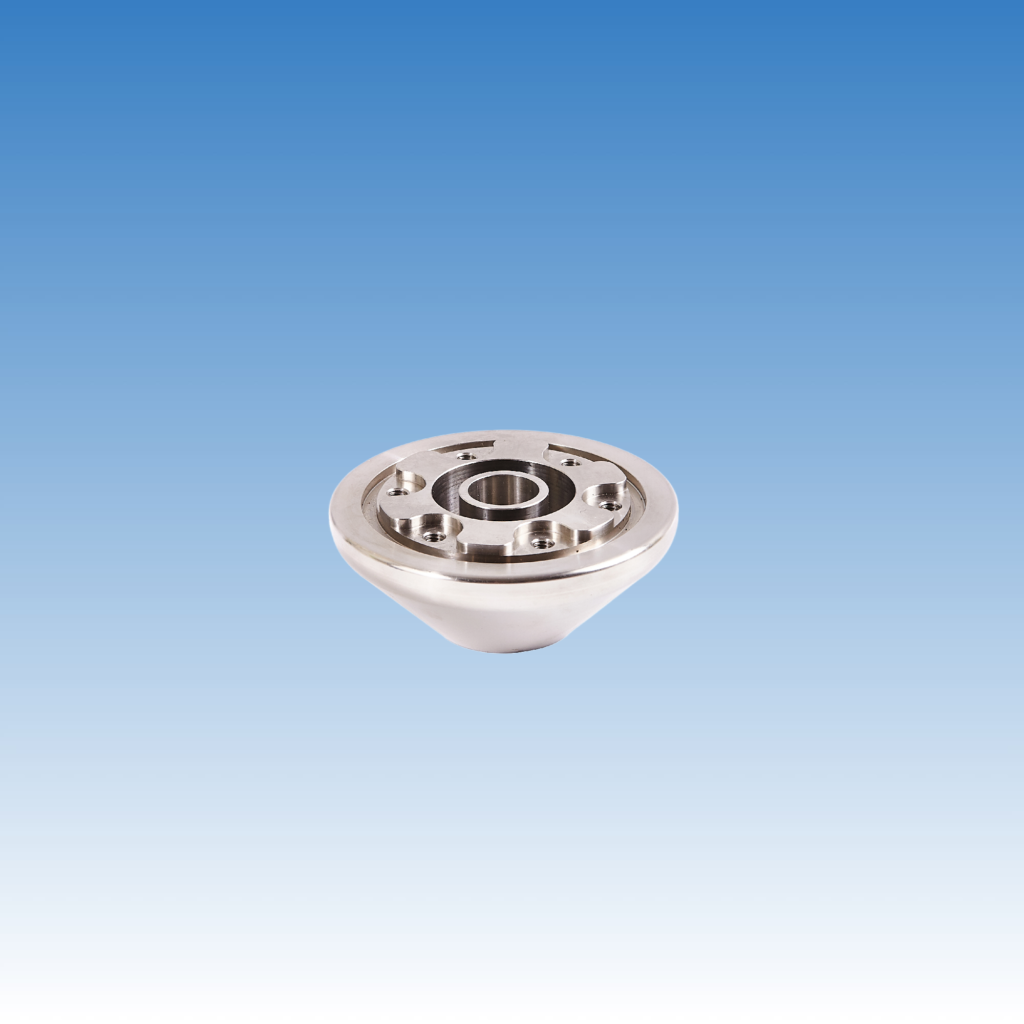
Salt doesn’t just sit on the surface—it gets into joints and starts electrochemical reactions. Even small scratches or defects in coatings can become corrosion hotspots. That’s why we use the term “marine grade” only when the fastener passes long-term exposure tests or meets certain standards like ASTM B117 or ISO 9227.
Key Marine Corrosion Factors
| Factor | Risk Level | Why It Matters |
|---|---|---|
| Chloride ions | Very High | Cause pitting in stainless steel |
| Oxygen + moisture | High | Fuel rust formation |
| Dissimilar metals | High | Start galvanic corrosion |
| Submersion cycles | Moderate | Accelerate crevice corrosion |
When shipping to coastal clients, I label packaging to warn about mixing stainless steel with aluminum or carbon steel—this simple advice prevents long-term damage.
What fastener coating has the best degree of corrosion resistance?
If the base material isn’t enough, coating is the next line of defense—and it can dramatically improve service life.
Zinc-nickel alloy, ceramic coatings, and hot-dip galvanizing offer high corrosion resistance for marine fasteners, especially in mild-steel based systems.
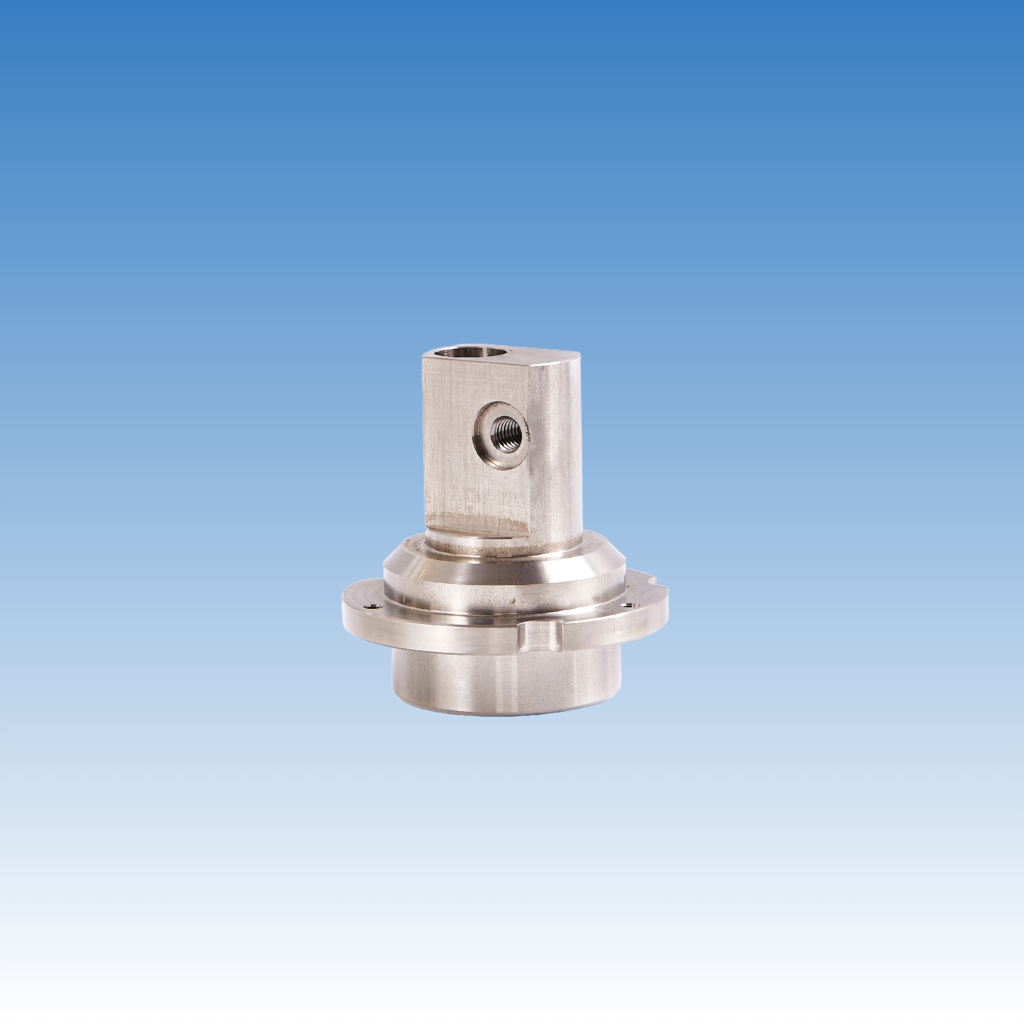
Sometimes the client can’t use 316 stainless—for cost or strength reasons. In those cases, we suggest coated carbon steel fasteners. Zinc plating alone is not enough for saltwater. But zinc-nickel, plus a top sealant, can last over 1,000 hours in salt spray tests.
Marine-Grade Fastener Coatings
| Coating Type | Salt Spray Resistance | Notes |
|---|---|---|
| Zinc-Nickel | 1000+ hrs | Needs sealant for best protection |
| Ceramic (Geomet/Dacromet) | 500–1000 hrs | Good for high-temp and electrical use |
| Hot-Dip Galvanized | 400–600 hrs | Thick layer, rough finish |
| Organic/Hybrid Coats | 1000+ hrs | Often custom-engineered for OEM use |
I remind clients: coatings wear off over time. Always check compatibility with washers and tools to avoid stripping protection during installation.
Which type of stainless steel provides excellent resistance to saltwater corrosion?
There are many stainless steels—but only a few are made for full-time exposure to saltwater.
Type 316 stainless steel and duplex stainless steels (like 2205) provide excellent resistance to saltwater corrosion due to added molybdenum and superior pitting resistance.
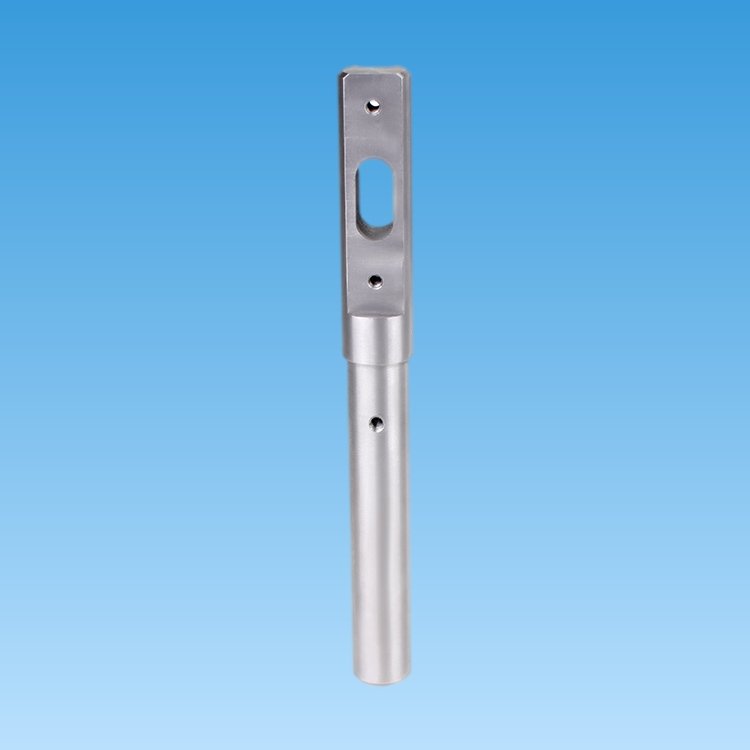
One German client once used 304 bolts on a boat trailer frame—fine in freshwater, but in the harbor, they rusted in under a year. We replaced them with 316 stainless and haven’t heard a complaint since.
Stainless Steel Grades and Saltwater Performance
| Grade | Key Alloying Element | Chloride Resistance | Use Area |
|---|---|---|---|
| 304 | Chromium/Nickel | Poor–Moderate | Dry indoor or freshwater areas |
| 316 | Molybdenum | High | Boats, docks, wet outdoor use |
| 316L | Low carbon version | High | Welded marine assemblies |
| Duplex 2205 | Cr + Mo + N combo | Very High | Subsea, chemical exposure |
Duplex steels also offer higher mechanical strength, making them great for structural bolts or large marine brackets.
Conclusion
For marine fasteners, success depends on selecting materials and coatings built for saltwater—316 stainless, zinc-nickel coatings, or bronze all outperform standard options in corrosive environments.

